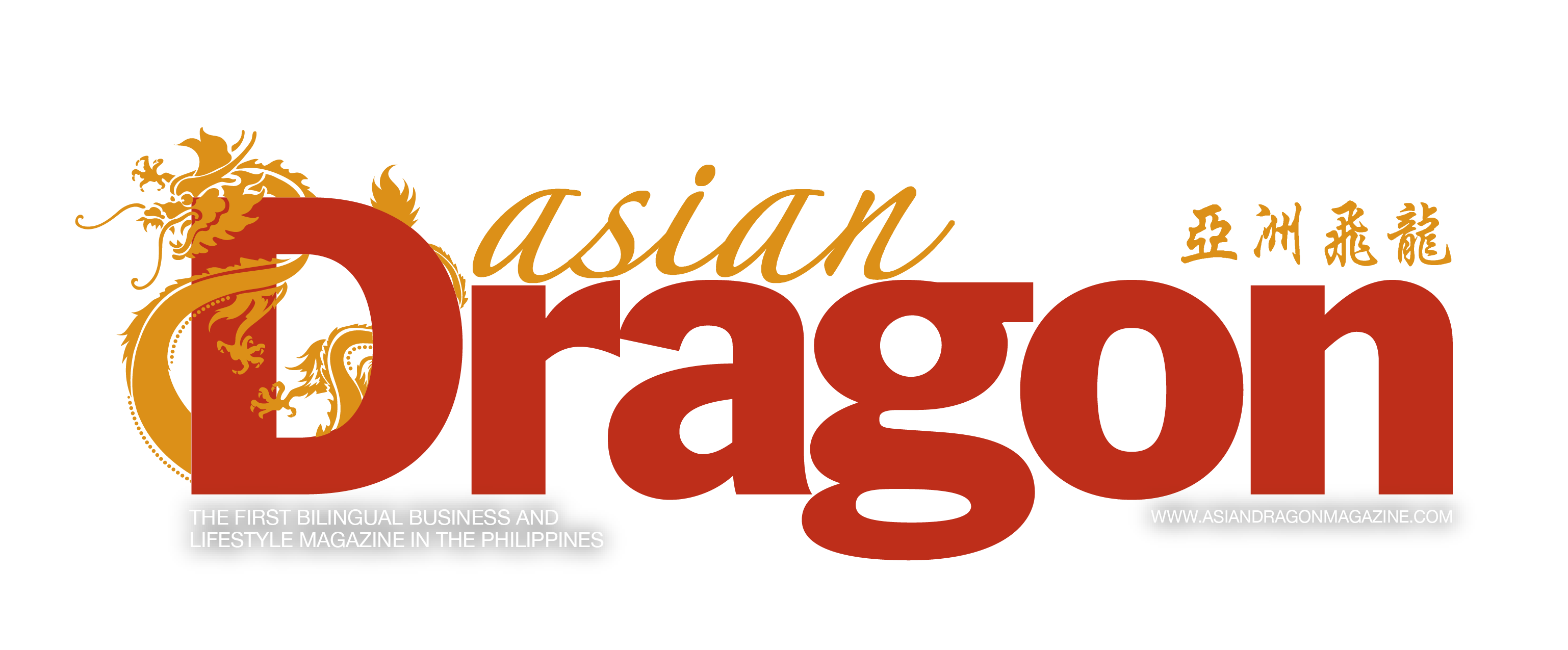
When the coronavirus pandemic hit, global lockdowns took away many of our freedoms. But it also gave us too much. Forced into work-from-home setups, we suddenly found ourselves with more time on our hands, and little structure to guide us.
Too much freedom can lead to the paradox of choice. Coined by American psychologist Barry Schwartz over a decade ago, the paradox describes how an overload of options can lead to analysis paralysis. The way to overcome it is to introduce constraints, which in workspeak translates to creating a new routine for this new normal.
This is easier said than done, given that so many of our normal cues are gone. No more rushing to get dressed, packing our work bags, or timing our commute. Even the smaller details that used to mark transitions in our day, like transferring between rooms for meetings or stepping out for lunch, have virtually disappeared. The onus, then, lies on us to create new scaffolds for our daily schedules.
This article gives a few tips on getting back into a routine you can stick to. They draw on some psychological strategies from habit creation. A habit is an action done automatically once prompted by learned conditions. In his book The Power of Habit, author Charles Duhigg writes that habit formation consists of three components: a cue, an action, and a reward. A cue is an environmental trigger; the action is the behavior to be acquired; and the reward reinforces it. These components are a good starting point for the creation of your work-from-home routine.
Step 1: Create your own cues
The disappearance of our usual cues means there is a vacuum to be filled. Replace them using your new environment, starting with setting up your work desk.
“I’ve transformed a section of our dining table into my new work area,” says Justina, a Ph.D candidate. “I used to have a desk in my bedroom, but I found that having to physically move to another part of the house helps me transition into a work frame of mind.” For Danielle, a spatial designer, a certain playlist prompts her creative work. The physical mirrors the mental; sensory signals cue your brain into productivity.
The cues don’t have to be brand new. For some, old habits are still key. “I had the same routine at the office every day: Take out my notebook and file case from my bag, log in to my email, then stand up to make a cup of coffee. Now that I’m working from home, I still do the same thing. I even bring my work satchel from my bedroom to my home desk, and use the same mug from the office!” shares Paolo, a senior manager.
Dot your day with similar signposts, slotting in meetings and tasks in between predictable actions like stopping for lunch or taking an afternoon coffee break. You can even take advantage of being at home, by incorporating short exercise breaks or taking timed naps after lunch.
Step 2: Make a schedule—and stick to it
Planning ahead can help you maximize your time and minimize unscheduled detours. One strategy is to plan your work day the night before, prioritizing tasks and slotting them into your most productive hours. That said, there may be certain temptations to stray from carefully laid plans.
Technology has been a great help in this new era of work, enabling online meetings and team conversations. But the boon is also a bane. It has blurred the lines and made us too “available.” “Honestly, the constant pings are distractions! Before, colleagues could at least knock on the door to ask if I was free for a quick discussion. Now, everyone is just everywhere at once,” complains Peter, a data manager.
At the end of the day, it’s output that determines productivity, not availability for endless conversations. Therefore, schedule your day around tasks, not meetings (if you can help it). Setting protocols can manage expectations and limit availability to acceptable levels. If you manage a team or a company, take the lead and put protocols to protect mental space. For example, you can set certain times of the day for meetings or check-ins, freeing up other hours for deep work. If you are an individual contributor, you can respectfully request for the same concession by explaining how it’s necessary to meet your targets.
Step 3: Incentivize the process
Finally, reinforce your new routine with rewards. It can be as simple as listing down your accomplishments at the end of the day for a feeling of satisfaction and progress. Alternatively, you can mark the close of another work day with activities that give you intrinsic happiness. Cook and share meals with your loved ones; walk your dog at sunset; watch the next episode of your favorite series on Netflix.
We all have to work with the limits of our situation, but we can likewise enjoy the unique pleasures it affords us. Happy working!






































